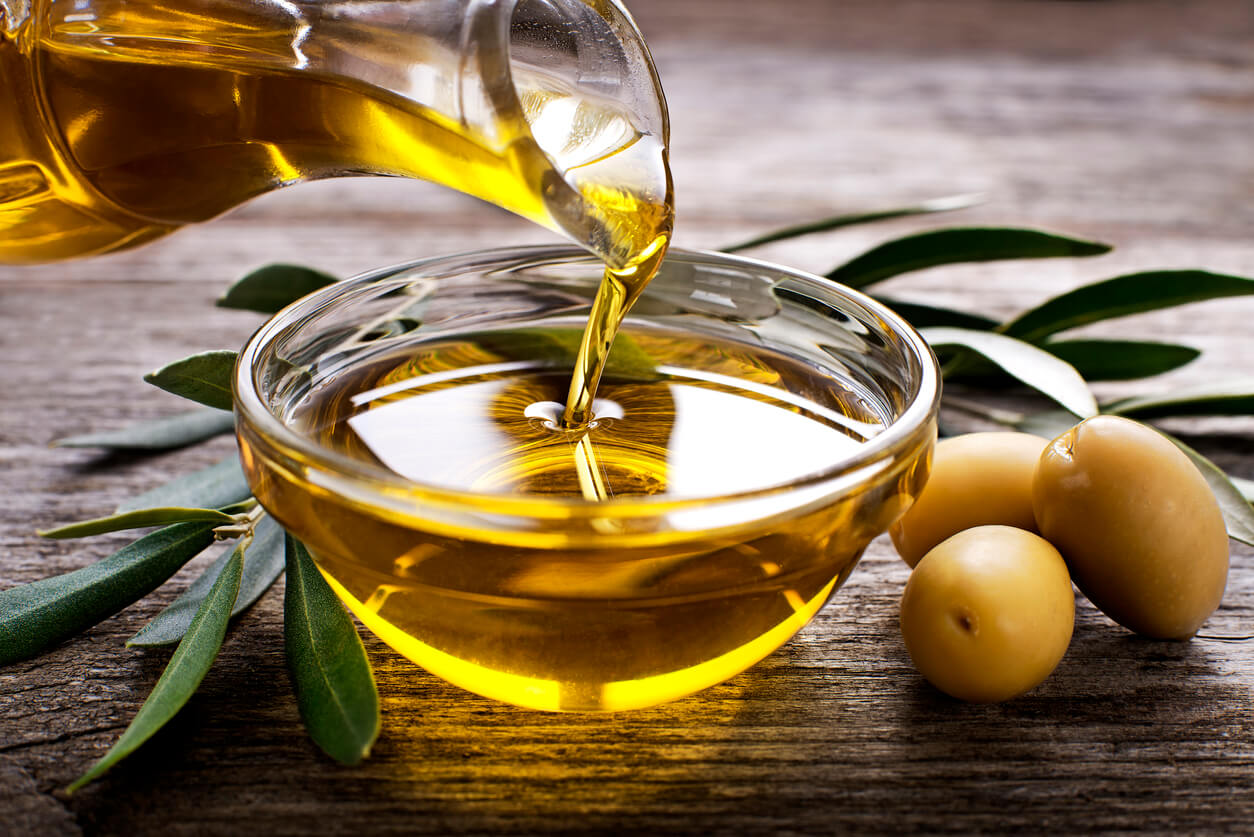Iran produced 9,000 tons of olive oil from plantations scattered across the country during the last Iranian year (March 2020-21), according to the manager of the Agriculture Ministry’s “Olive Project”.
“Imports of the product stood at 1,120 tons during the same period,” Javad Mir-Arab Razi was also quoted as saying by IRNA.
Razi said 109,000 tons of olives are estimated to be produced in the country in the current Iranian year (started March 21), registering an 8.47% decline compared with last year’s yields.
“We expect 55% of this year’s harvest to be sent to oil extraction factories,” he added.
As per the ministry’s latest figures, there are 75,000 hectares of olive farms across the country, 58,000 hectares of which bear yields.
“Last year, 120,000 tons of olives were produced. The decline expected in this year’s production is because of the country’s bad weather conditions. Cold spells and water shortage have damaged olive plantations,” he said.
The official noted that the Agriculture Ministry’s plan is to increase the annual per capita olive oil consumption from the current 180 grams to at least 400 grams within the next 10 years.
“This means that for a prospective population of 92 million Iranians, we expect consumption of the oil to reach 37,000 tons,” he added.
The world’s average per capita olive oil consumption is at 430 grams that’s about three times more than in Iran.
Razi said annual domestic demand for olive oil currently stands at 15,000 tons.
Foreign markets from which Iran traditionally imports olive oil are mainly Turkey, Italy, Spain and Greece.
Leading olive growing regions in Iran include Fars, Kerman, Hormozgan, Sistan-Baluchestan, Qazvin, Gilan, Golestan and Zanjan provinces.


